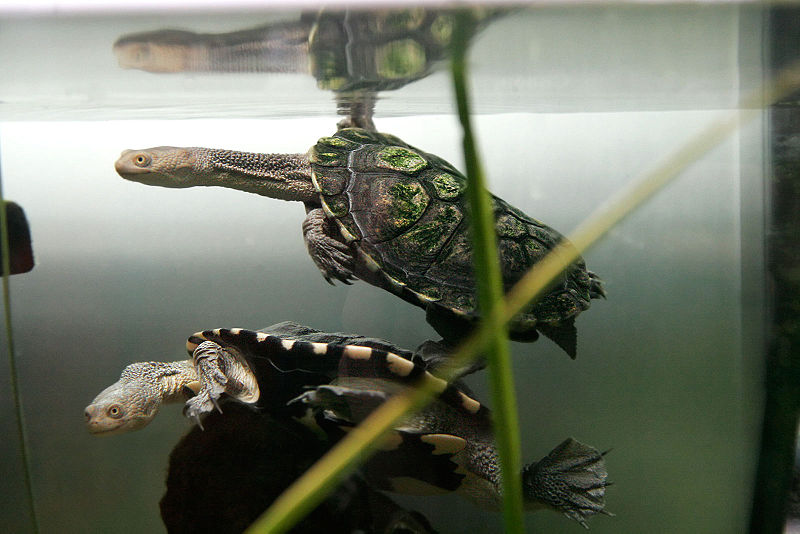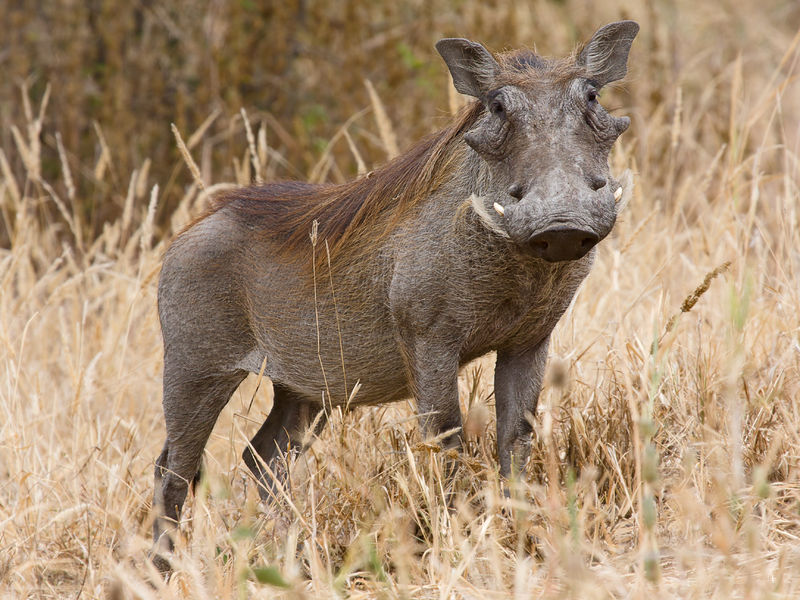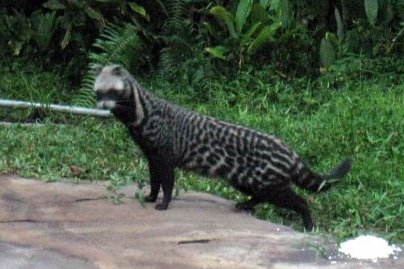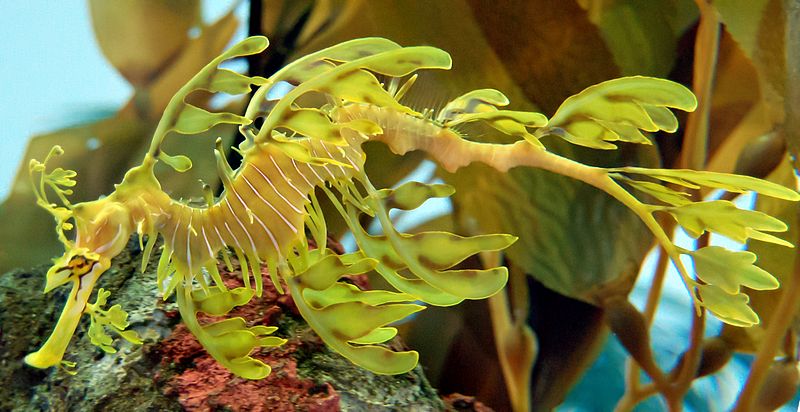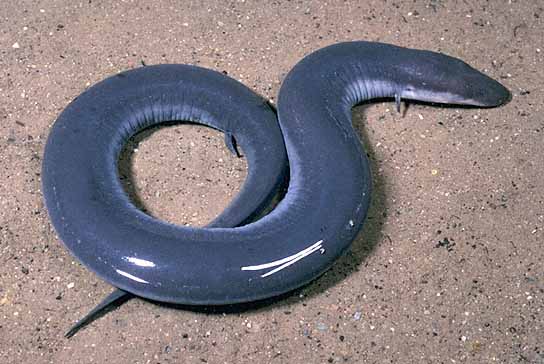
Welcome back to another fun and exciting week of Wild Facts. I hope all of you enjoyed your weekend and are ready to learn about an animal with only 3 toes. Yes, we all get to travel to the southeastern United States to find the Three-Toed Amphiuma. There are two other species of Amphiuma, which are all very similar with the exception of their toes. Believe it or not, there is a One-Toed Amphiuma and a Two-Toed Amphiuma to go along with our featured Three-Toed salamander. I don’t know about you but I am still amazed that the Amphiuma family is split up by the number of toes each species has. It boggles my mind!
The Congo Snake
These aquatic creatures re also referred to as the Congo Eel or Congo Snake, which is incorrect since they are salamanders but you can see how they received these common names. The Three-Toed Amphiuma does look a little like an eel or a snake while they are swimming through their watery habitat, mainly ponds, rivers, streams or canals. Besides looking like a slithery serpent, the Three-Toed Amphiuma has very small eyes with one gills slit on each side of their head, which should help distinguish them from a snake….if their feet weren’t enough to help make this distinction :).

Opportunistic Feeders
This aquatic salamander is a very opportunistic feeder that will feast on anything it can get their three toes on. This includes worms, snails, fish, frogs and even small snakes. The Three-Toed Amphiuma is somewhat popular among the pet trade, however, their diverse feeding habits makes it very difficult to find a roommate for them. Although, there isn’t a concern for the population as a whole, we do need to be careful with the number of these aquatic salamanders being removed from their natural home and sold in the pet trade.
Three-Toed Amphiuma Fun Facts
Did you know the Amphiuma has one of the largest amounts of DNA amongst the living world? It is true. In fact, they have roughly 25% more DNA that humans, which is pretty impressive. Even with all this DNA, they still didn’t produce any eyelids or tongues for themselves (or more toes for that matter), so you have to wonder what is all this genetic material being used for?

